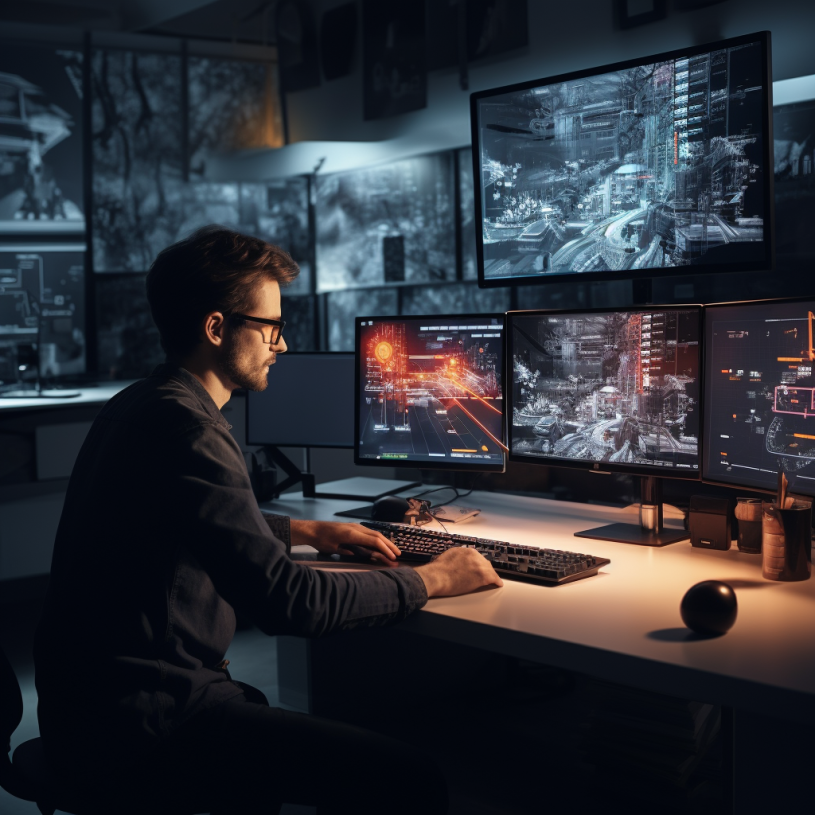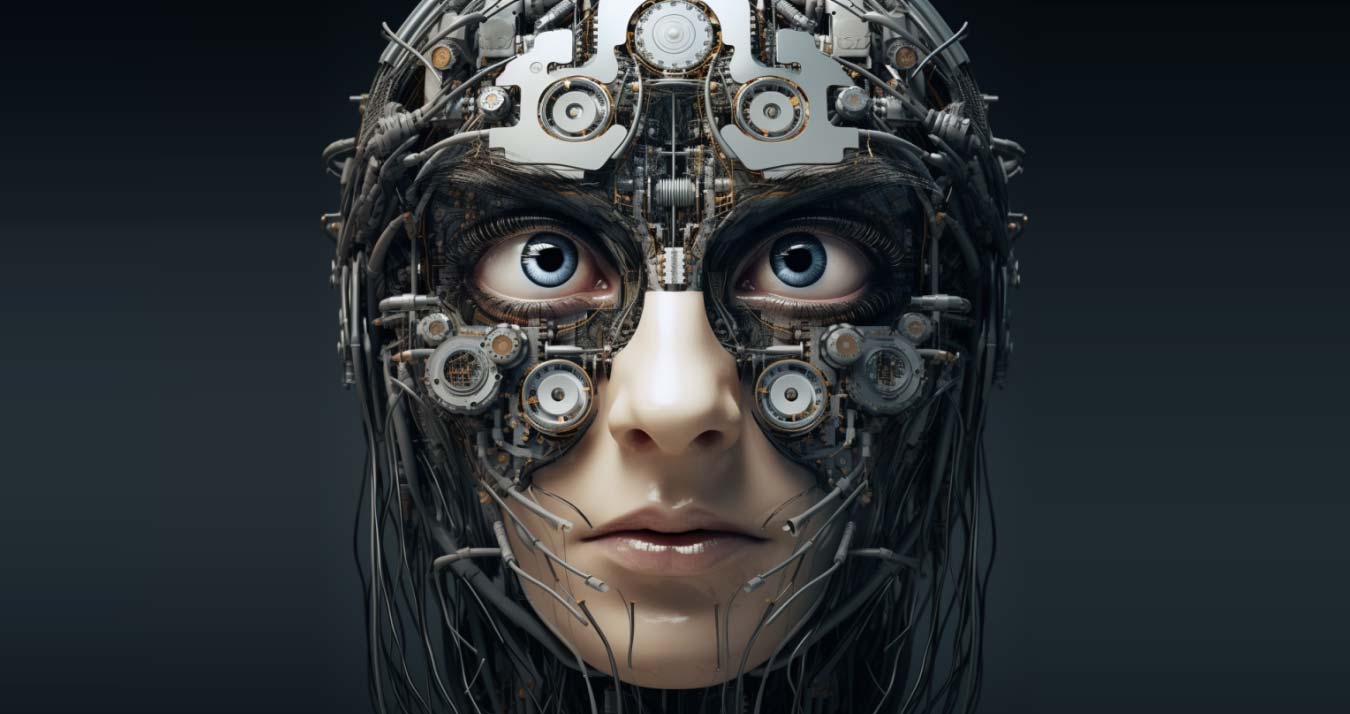4. Flexibility and Adaptability
Human vision is incredibly flexible and adaptable. We can recognize objects even if they're partially obscured, in poor lighting, or seen from an unfamiliar angle. Computer vision systems, while improving, still struggle with these challenges.

5. Learning and Recognition
Humans learn to recognize objects from a very young age and continue to learn and adapt throughout their lives. Computer vision systems, on the other hand, need to be trained on large datasets and often struggle to recognize objects that they haven't been explicitly trained to recognize.

